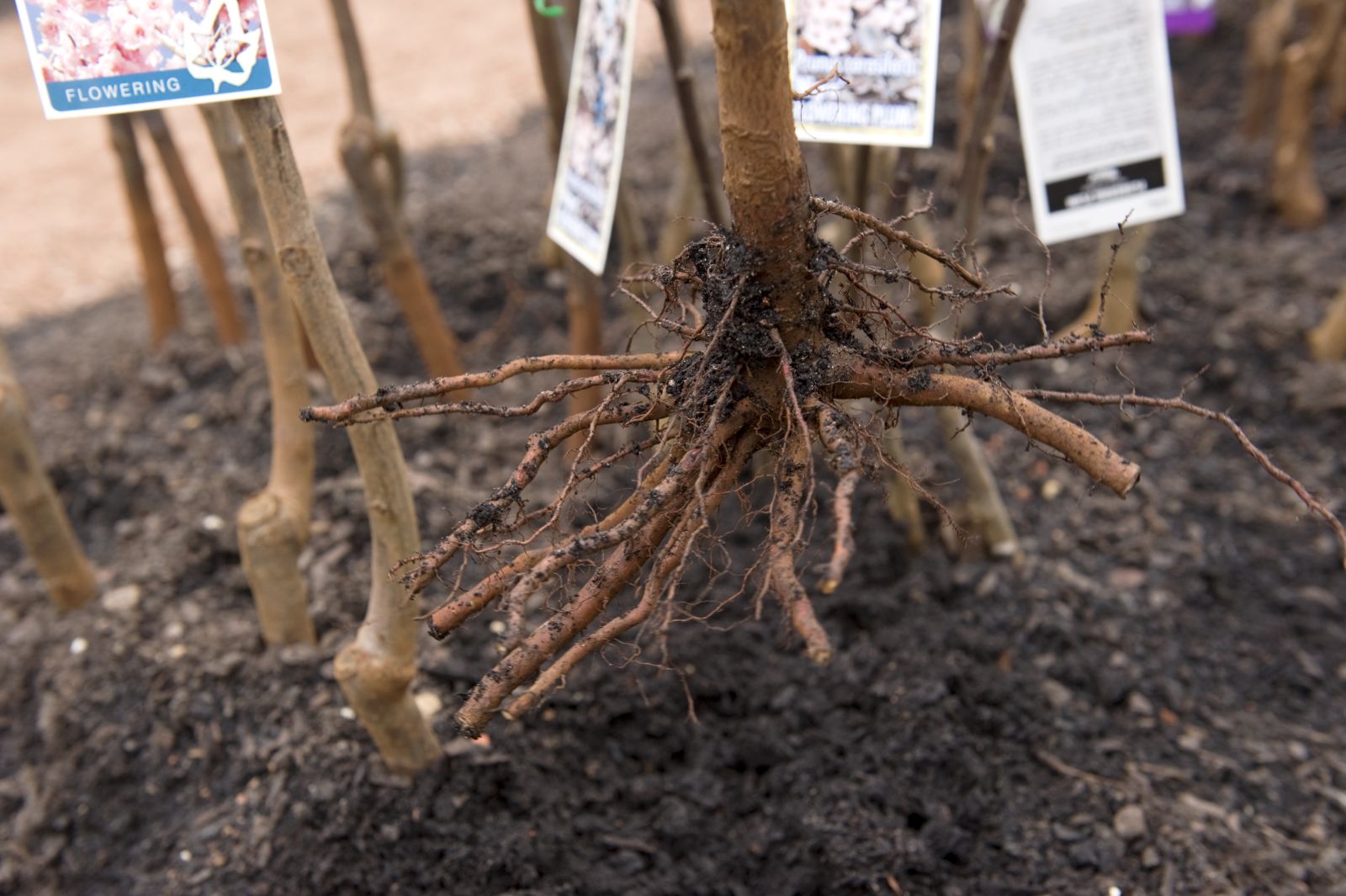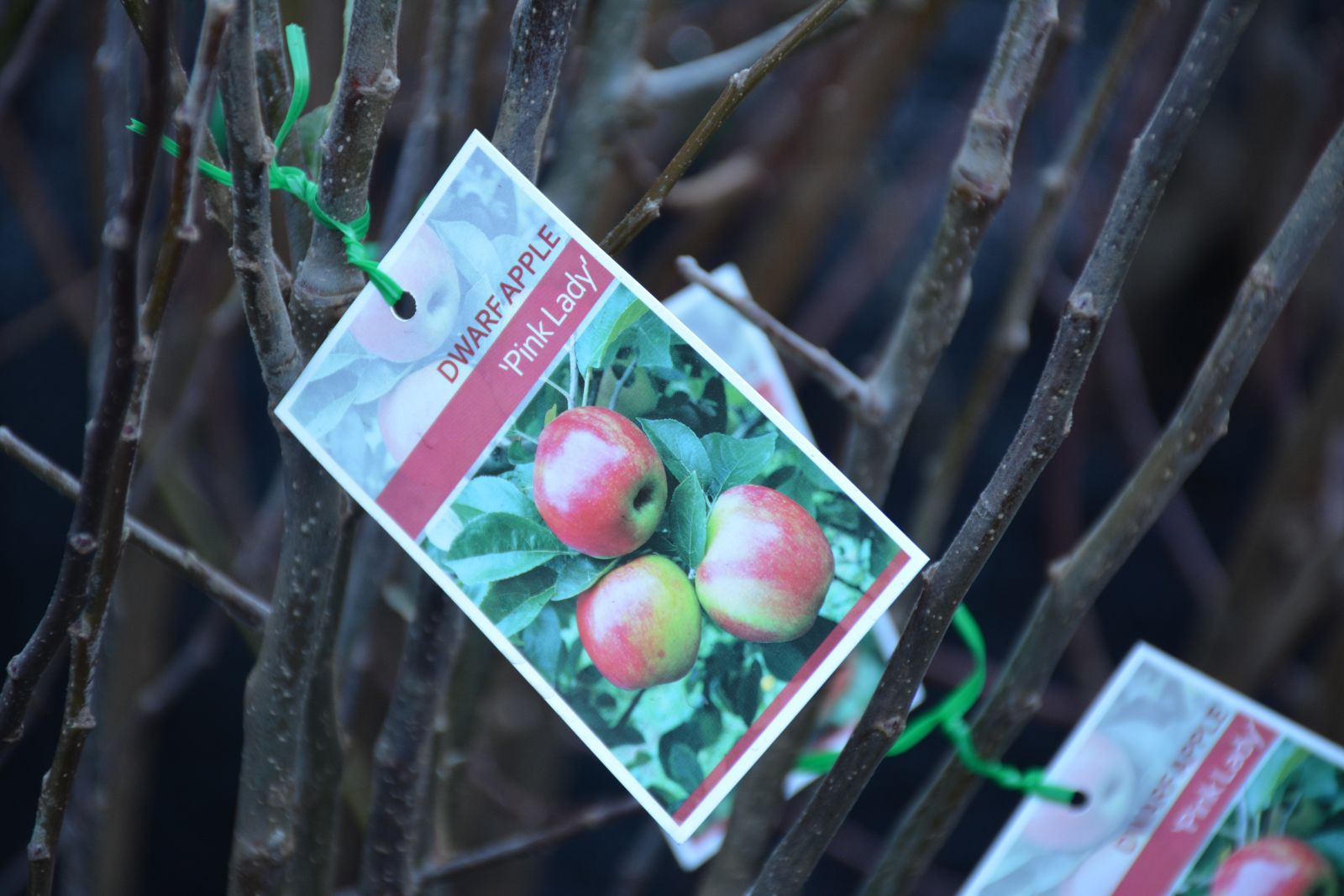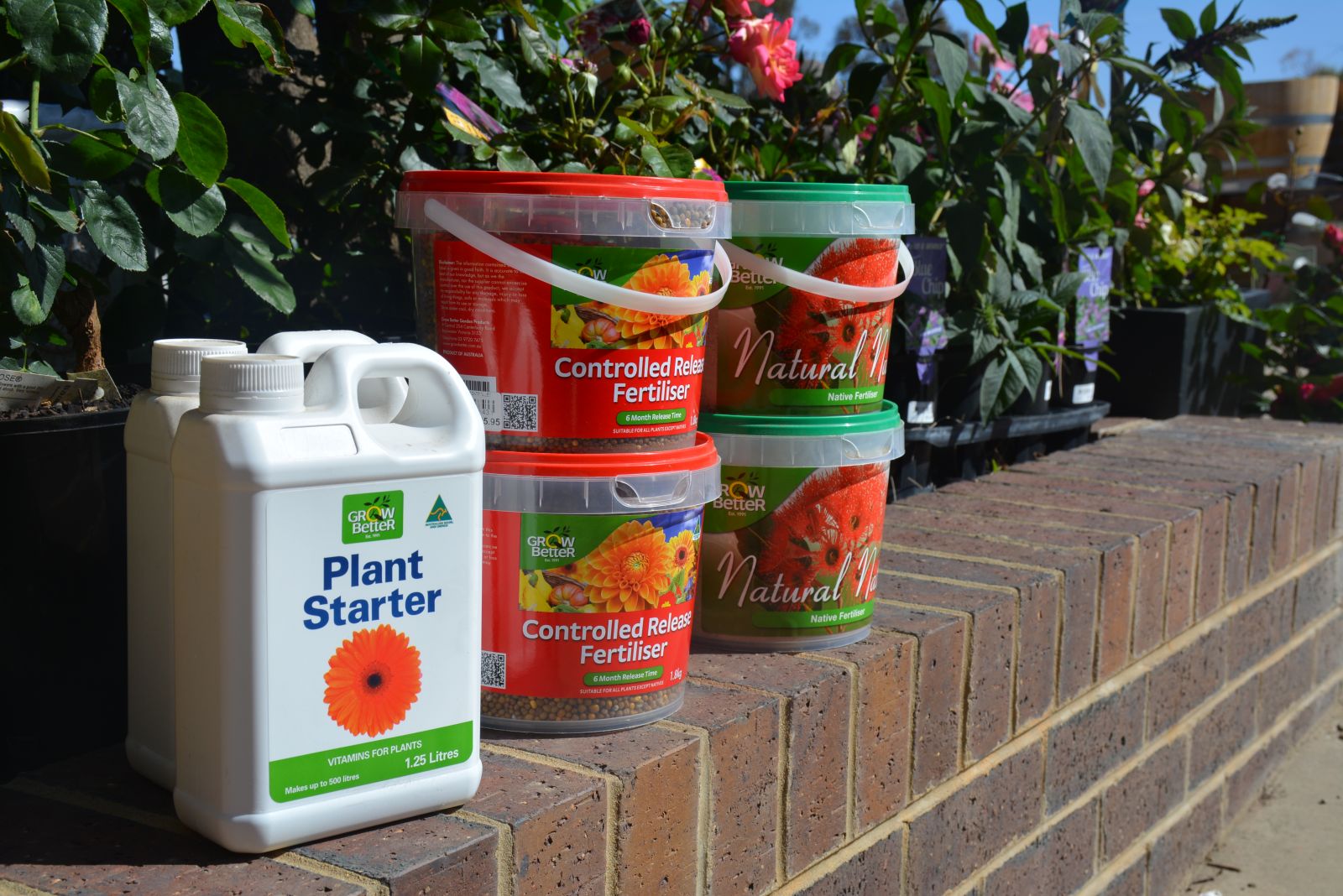A guide to Bare Root Trees and Roses
At ASQ Garden & Landscape, bare root season is a highly anticipated time of the year as purchasing roses or trees in their bare root form, without soil and dormant, rather than potted, can save you both time and money.
Our team of horticulturalists and product experts have created this comprehensive guide to assist both experienced and novice gardeners in understanding and caring for their bare root stock.
If you’re in a hurry – Check out How to plant bare root trees and roses and our Bundle Deal.
WHAT IS BARE ROOT STOCK:
Bare root stock refers to plants (typically trees and roses) that are grown specifically for the purpose of being sold with their roots exposed (hence the term "bare root").
Compared to potted plants, which have soil around their roots. Bare root season typically occurs during the cooler months when deciduous trees and shrubs are dormant.
WHY:
There are several reasons why someone might choose a bare root tree or rose over a potted tree or rose:
-
Cost: Bare root stock is often cheaper than potted plants. According to Gardening Australia, you can save up to 50% by choosing a bare root stock instead of a potted tree or rose. Typically, bare root trees are about 2-3 years old, so you won't have to wait long to start seeing results or bearing fruit.
-
Availability of unusual varieties: Bare root season can provide access to a wider range of uncommon and unique varieties that are not available at other times.
-
Better growth: Bare root trees and roses have a better chance of adjusting to their new soil and location, which can result in better growth.
-
Ease of transport: The bare root process makes trees and roses easier to transport, and they are less likely to suffer transplant shock.
CARING FOR BARE ROOT PLANTS BEFORE PLANTING:
The drawback with bare rooted plants is that they must be planted soon after purchasing. It's best to plant them within 48 hours to avoid the risk of the roots drying out.
You can place them in a bag or pot with some moist sawdust. Check regularly to ensure that the sawdust remains moist and can keep the roots protected for up to a week.
Another option for bare rooted plants is "heeling in." This is where you temporarily bury the roots in a shallow trench (or pot) filled with soil or organic matter to keep them moist until you're ready to plant them in their permanent location.
PREPARATION:.jpg)
To ensure the success of planting your bare root, preparation is key. Select a location with full sun exposure and wind protection to prepare for planting your Roses. Roses thrive on sunlight and prefer at least 6 hours of direct sun per day.
Roses and Fruit Trees require regular deep watering, fertilizing, and mulching when established. Ensure the placement allows for easy access with a hose for adequate watering.
Prepare by incorporating mature manure and organic compost into the soil of your plants future home. Once you've mixed it into the ground, allow the compost and manure to break down into the soil, ideally over a few weeks, resulting in a nutrient-rich environment for planting.
PLANTING TREES & ROSES:
We recommend getting all the necessary materials ready, including the Grow Better Enriched Organic Planting Mix, Grow Better Plant Starter, Gypsum, Jolly Tie and garden stakes.
Prepare by soaking the base of your bare root tree in a bucket of water for a few minutes to remove sawdust or soil material.
Dig a hole that is appropriately sized. Typically 400mm x 400mm x 400mm works well.
Make sure the hole you dig is big enough to accommodate the size of the root ball so that it sits with the bud union above the soil level. Fill the bottom of the hole with a shovel full of the enriched organic planting mix and a generous handful of gypsum.
Take the soil that was removed from the hole and mix it with the Grow Better enriched organic planting mix. Prune any broken or damaged roots or branches. Place the plant in the hole and tie it to the garden stake with Jolly Tie so that the graft is about 30mm above the soil. Fill the hole with the soil mixture, gently packing it down.
After planting, create a shallow basin around its base, ensuring that the roots are still covered with soil. Then, add a handful of Grow Better Organic Fertilizer to the well. On the day you plant, water it using a mixture of water and Grow Better Plant Starter from a bucket or watering can.
To ensure your trees and roses survival, water it once or twice a week until December, using a bucket to apply an adequate quantity of water. Make sure to keep the soil moist at all times and to allow the water to penetrate to the root zone.
PRUNING:
Finally, follow the label instructions for pruning the branches. Cut to an outward facing bud to shape the tree or rose bush. Pruning helps restore the balance between the top and root system.If you don’t feel confident, ask our team of horticulturalists when purchasing.
As gardeners, we bang on a lot about the many benefits of mulch, as it helps to control weeds and conserves water during dry spells. Learn about the benefits of mulch by reading our article "10 Reasons to add Mulch & Bark to Your Garden" and about choosing the right mulch products for your garden.
The ideal time to mulch is at planting and at least once a year. While mulch can take several years to fully decompose, replacing it more frequently may be desirable. If appearance is your main concern, consider replenishing your mulch biannually when it begins to lose its visual appeal.
We recommended applying a layer of bark mulch about 50mm thick around the plant, avoiding the stems to prevent collar rot. Our team of horticultural experts are available to offer additional advice.
WATER:
Winter has arrived, and even with the ample rainfall, it's crucial to water your bare root stock. This helps the soil settle and promotes root growth.
For the first couple of weeks, be sure to water frequently, roughly every 2nd or 3rd day, though this may vary depending on the species and weather conditions. Avoid overwatering, as this can lead to root rot. Check the soil regularly to ensure that the water is draining away and the soil remains moist but not waterlogged. Puddles or mud are signs of excessive water.
It usually takes 2-4 weeks for the roots to become active again. Once they do, gradually reduce watering to once a week. Heavier, less frequent waterings will foster deeper, stronger roots.
POLLINATION:
For optimal fruit production, many fruit trees require cross-pollination. Certain varieties can produce fruit through self-pollination.
For example, Granny Smith apples will not bear fruit on their own, so it's recommended to plant them near other apple varieties that bloom simultaneously, such as Golden Delicious, Gala, Jonathon, and Cox’s Orange Pippin.
Cross-pollination can be a complicated process, so reach out to our team of horticulturists for tailored advice. As a general principle, it's advisable to plant two or more compatible varieties of the same type of tree for the best results. If space is a constraint, multi-grafted fruit trees are also available.
You can view or download our pollination chart and shopping list.
- Mulch
- Grow Better Enriched Organic Planting Mix
- Garden stakes
- Jolly ties
- Grow Better Organic Fertiliser
- Grow Better Plant Starter
- Gypsum
- Worm Hit Bricks
Check out our Bundle Deal



.JPG)